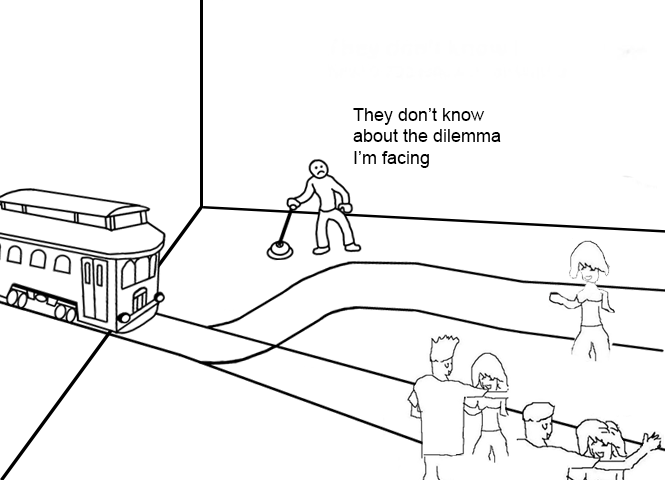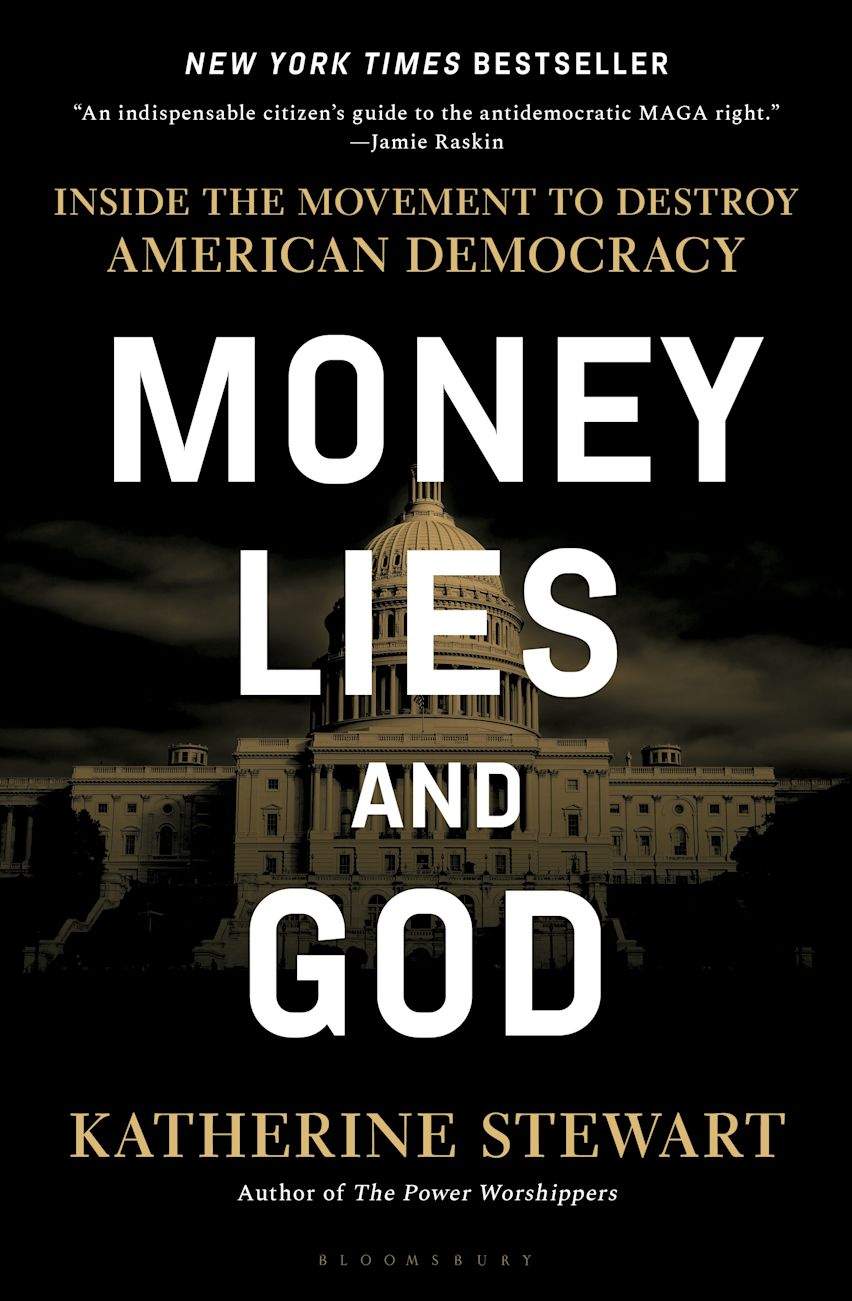by Mark R. DeLong
1.
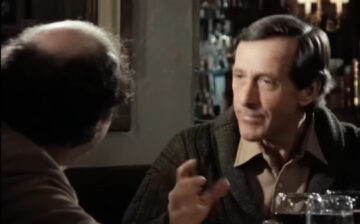
Roger Ebert labeled it the one movie “entirely devoid of clichés.” “It should be unwatchable,” he said, “and yet those who love it return time and again, enchanted.” It was My Dinner with André, which I watched with my wife and a couple of friends at the Carolina Theatre in Durham, North Carolina, back in 1981 when the movie was released. Years later, I picked up a used VHS of the film and baffled my children with it.
One scene struck me from the first viewing, and my memory has returned to it especially in recent months. Toward the end of their dinner, Wally (Wallace Shawn) and André (André Gregory) discuss matters of preserving culture—or perhaps, more accurately, André steers the conversation through his wild and impossible adventures in new age-y communities, recounting events that would defy the laws of physics or at least stretch our imaginations.1For instance, a community, “Findhorn,” that built “a hall of meditation” seating hundreds of people with a “roof that would stay on the building and yet at the same time be able to fly up at night to meet the flying saucers.” Findhorn actually exists, though the architecture that André describes was fanciful, to say the least. The fascination with flying saucers was real, though, in the 1960s, when a leader of the Findhorn community felt that extraterrestrials could be contacted via telepathy and the community built a landing strip for the saucers.
One of the leaders of such a group, André says, was “Gustav Björnstrand”—a fictional character, not a real “Swedish physicist” as André claims—who is trying to create
a new kind of school or a new kind of monastery … islands of safety where history can be remembered and the human being can continue to function, in order to maintain the species through a Dark Age. In other words, we’re talking about an underground, which did exist during the Dark Ages in a different way, among the mystical orders of the church. And the purpose of this underground is to find out how to preserve the light, life, the culture. How to keep things living.
Wally listens, entranced but not convinced that André’s unhinged stories make sense. He’s “just trying to survive,” he says, and takes pleasure in small comforts: dinner with his girlfriend, reading Charlton Heston’s autobiography, sleeping under a warm electric blanket on cold New York nights. “Even if I did feel the way you do—you know, that there’s no possibility for happiness now,” an exasperated Wally replies to André, “then, frankly, I still couldn’t accept the idea that the way to make life wonderful would be to totally reject Western civilization and to fall back to a kind of belief in some kind of weird something.” Read more »
Footnotes
- 1For instance, a community, “Findhorn,” that built “a hall of meditation” seating hundreds of people with a “roof that would stay on the building and yet at the same time be able to fly up at night to meet the flying saucers.” Findhorn actually exists, though the architecture that André describes was fanciful, to say the least. The fascination with flying saucers was real, though, in the 1960s, when a leader of the Findhorn community felt that extraterrestrials could be contacted via telepathy and the community built a landing strip for the saucers.



 On a hot summer evening in Baltimore last year, the daylight still washing over the city, I sat on my front porch, drinking a beer with a friend. Not many people passed by. Most who did were either walking a dog or making their way to the corner tavern. And then an increasingly rare sight in modern America unfolded. Two boys, perhaps ages 8 and 10, cruised past us on a bike they were sharing. The older boy stood and pedaled while the younger sat behind him.
On a hot summer evening in Baltimore last year, the daylight still washing over the city, I sat on my front porch, drinking a beer with a friend. Not many people passed by. Most who did were either walking a dog or making their way to the corner tavern. And then an increasingly rare sight in modern America unfolded. Two boys, perhaps ages 8 and 10, cruised past us on a bike they were sharing. The older boy stood and pedaled while the younger sat behind him.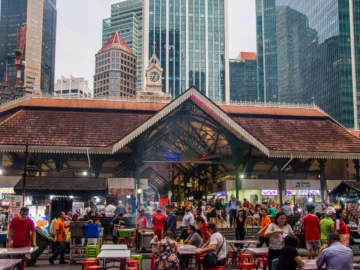
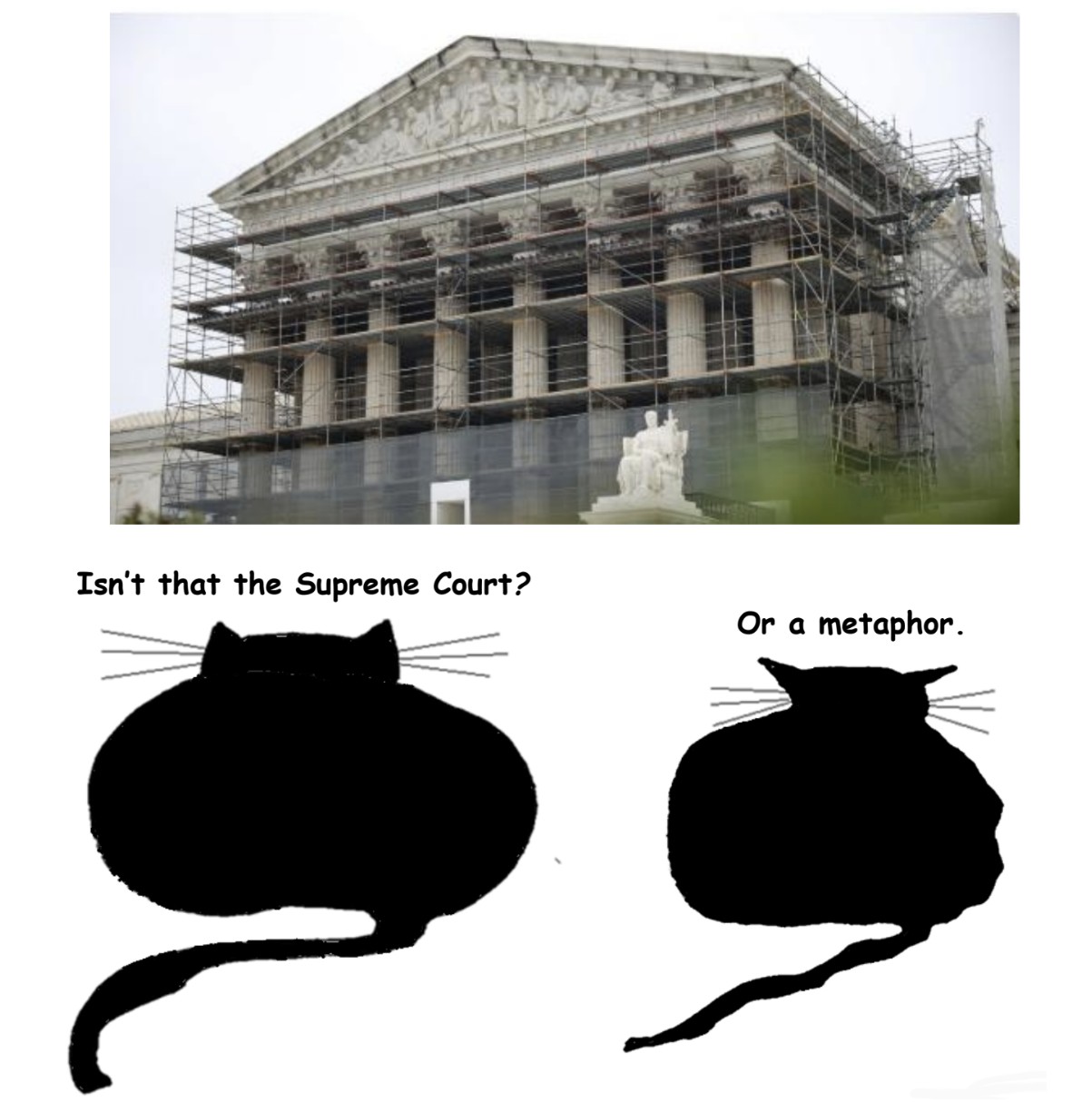
 If I were asked to name the creed in which I was raised, the ideology that presented itself to me in the garb of nature, I would proceed by elimination. It wasn’t Judaism, although my father’s parents were orthodox Jewish immigrants from the Czarist Pale, and we celebrated Passover with them as long as we lived in Montreal. It certainly wasn’t Christianity, despite my maternal grandparents’ birth in protestant regions of the German-speaking world; and it wasn’t the Communism Franz and Eva initially espoused in their new Canadian home, until the Molotov-Ribbentrop Pact put an end to their fellow traveling in 1939. Nor can I claim our tribal allegiance to have been to psychoanalysis, my mother’s professional and personal access to secular Jewish culture, although most of my relatives have had some contact, whether fleeting or intensive, paid or paying, with psychotherapy—since the legitimate objections raised by many of them to the limits of classical Freudian theory prevent it from serving wholesale as our ancestral faith, no matter the extent to which a belief in depth psychology and the foundational importance of psychosexual development informs our discussions of family dynamics.
If I were asked to name the creed in which I was raised, the ideology that presented itself to me in the garb of nature, I would proceed by elimination. It wasn’t Judaism, although my father’s parents were orthodox Jewish immigrants from the Czarist Pale, and we celebrated Passover with them as long as we lived in Montreal. It certainly wasn’t Christianity, despite my maternal grandparents’ birth in protestant regions of the German-speaking world; and it wasn’t the Communism Franz and Eva initially espoused in their new Canadian home, until the Molotov-Ribbentrop Pact put an end to their fellow traveling in 1939. Nor can I claim our tribal allegiance to have been to psychoanalysis, my mother’s professional and personal access to secular Jewish culture, although most of my relatives have had some contact, whether fleeting or intensive, paid or paying, with psychotherapy—since the legitimate objections raised by many of them to the limits of classical Freudian theory prevent it from serving wholesale as our ancestral faith, no matter the extent to which a belief in depth psychology and the foundational importance of psychosexual development informs our discussions of family dynamics.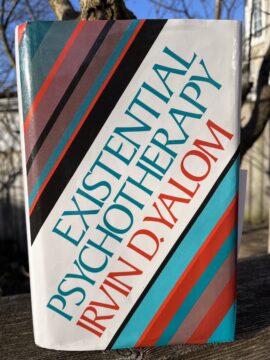 About 45 years ago, psychiatrist Irvin Yalom estimated that a good 30-50% of all cases of depression might actually be a crisis of meaninglessness, an
About 45 years ago, psychiatrist Irvin Yalom estimated that a good 30-50% of all cases of depression might actually be a crisis of meaninglessness, an 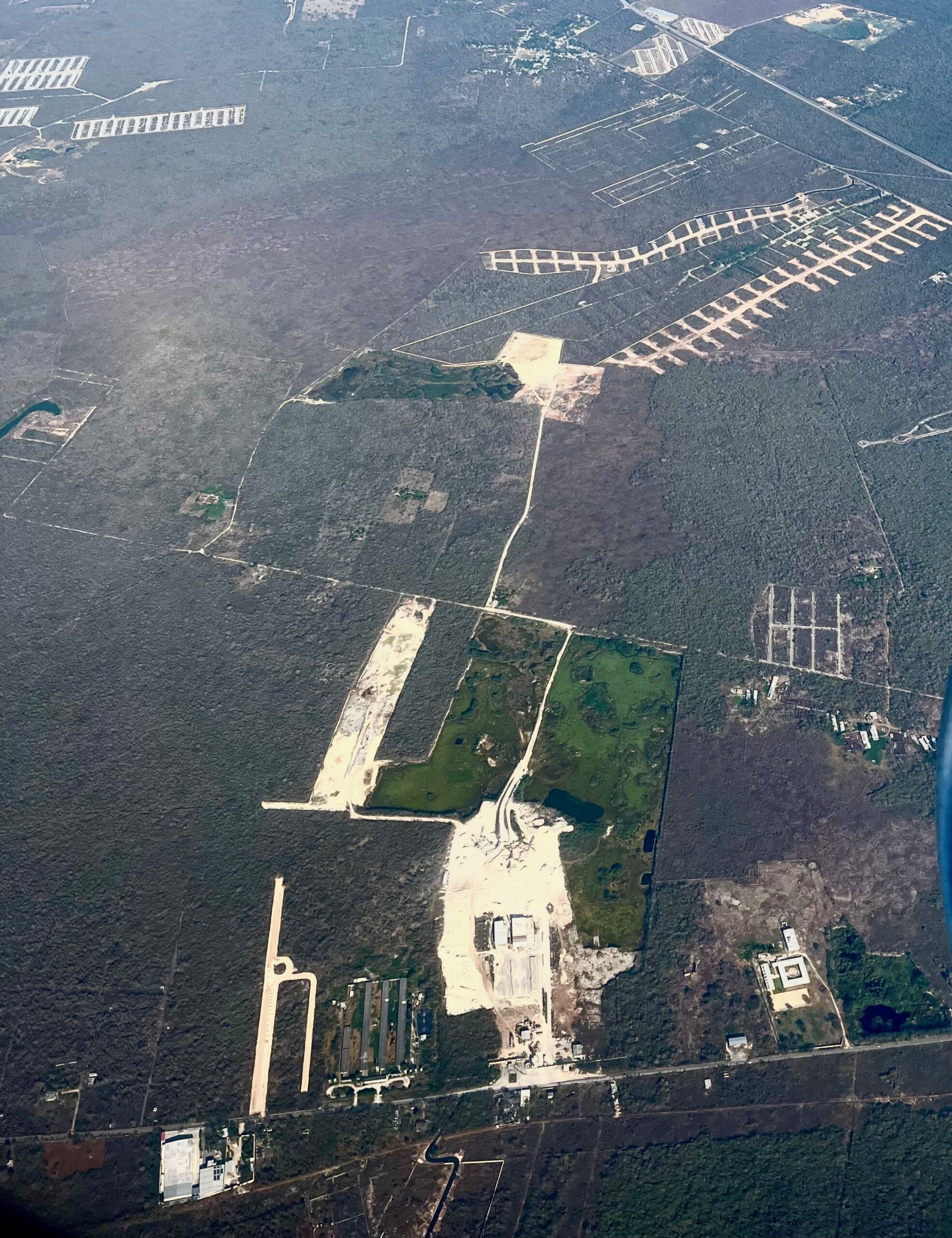 Sughra Raza. Aerial composition, March, 2025.
Sughra Raza. Aerial composition, March, 2025.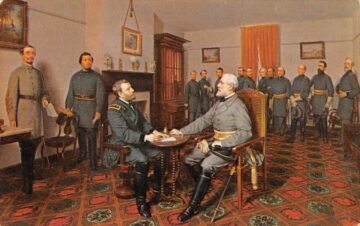



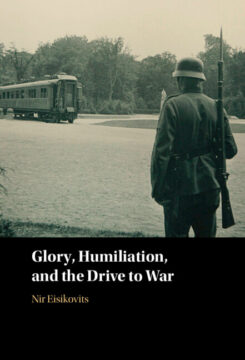 Why do we fight? That question has been asked by so many in the history of mankind: philosophers, psychologists, anthropologists, historians, sociologists, political theorists have come up over and over again with explanations as to why humans fight.
Why do we fight? That question has been asked by so many in the history of mankind: philosophers, psychologists, anthropologists, historians, sociologists, political theorists have come up over and over again with explanations as to why humans fight.